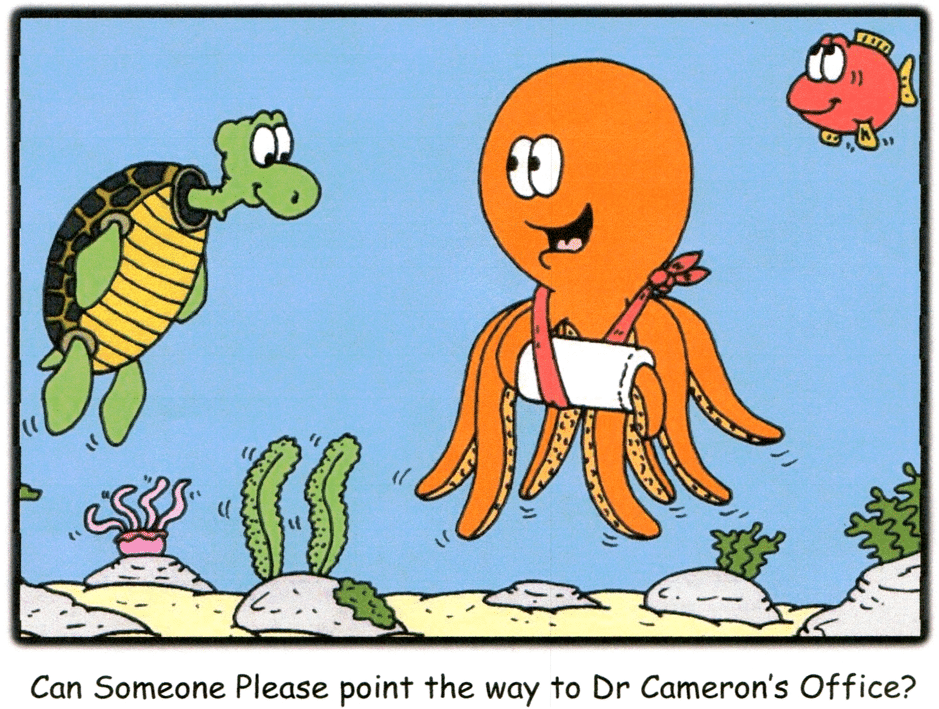WHAT IS IT?
Frozen shoulder is one of the most painful and common conditions that I see. I will typically see at least four or five every day, associated with a variety of underlying causes. Also known as Adhesive Capsulitis, it is a condition that is characterized by pain and progressive stiffness in the shoulder joint. The symptoms usually begin gradually and become more severe over time, finally “thawing” out within about two to three years.
The shoulder joint is a ball and socket that is wrapped in a joint lining (capsule) of connective tissue. It is normally a loose, somewhat floppy structure. I like to compare this to the connection of a shirt sleeve to a shirt, where there are many loose folds. Frozen shoulders occur when the capsule becomes inflamed, then thickens and tightens, decreasing the normal volume within the joint. It is much like pleating the material around the armpit of your shirtsleeve. Take a minute and pinch some of the material around the armpit of your shirt and see how much motion you lose.
The condition usually moves through three phases, each one lasting many months:
- FREEZING PHASE: The shoulder has a constant ache and any movement towards the end range of motion produces severe pain
- FROZEN PHASE: The shoulder remains very painful and the range of motion of the shoulder has become noticeably limited
- THAWING PHASE: The range of motion of the shoulder begins slowly and steadily to improve. As the motion improves, the pain begins to diminish.
Many of my patients complain that the pain becomes worse at night, affecting their ability to sleep on the affected side, and frequently disrupting their sleep. It usually limits their ability to perform many normal daily activities and athletic activities.
WHO GETS THEM?
In most patients, doctors do not know why frozen shoulders occur. A patient of mine once told me that in China it is called Wushi lian or “50-years shoulder,” referring to its increased incidence in the population between ages 40-60 years old. Common factors that are associated with an increase risk of frozen shoulder include:
- Females
- Diabetes
- Thyroid conditions
- Heart disease
- Stroke
- Herniated disk in the neck
Situations that both injure the tissues and reduce the mobility of the shoulder increase the risk of developing a frozen shoulder. Some of these may include:
- Shoulder fractures or shoulder surgery
- Chest surgery (pacemaker, Bypass Surgery)
Patients are able to do activities directly in front of them fairly easily. However, the pain usually becomes much worse as the shoulder is stretched. There also is usually a significant difference in the amount of pain that is produced when I pull (or stretch) on the capsule as compared to a much milder discomfort when the patient is pushing against resistance.
Frozen shoulders are usually diagnosed by symptoms and examination alone. However, we will usually obtain a screening x-ray to rule out other problems. In rare cases, I may need to order additional studies such as an MRI. Frequently I am able to make the diagnosis of Frozen Shoulder in the office and can save the patient the time and cost of doing an MRI study.
The goals in treatment of Frozen Shoulder are simple and straightforward: 1) Decrease pain and 2) Improve flexibility, IN THAT ORDER.
Medications
Available tools to control pain include medications to decrease inflammation, such as over-the-counter anti-inflammatories or oral steroids. Narcotic pain medications are usually not required nor are they particularly helpful.
Steroid injection
Injecting local steroids into the shoulder joint is the single most effective way to achieve goal #1. This is done under real time x-ray (fluoroscopic) imaging in order to assure that it has been placed correctly and is not a blind shot or guess. Diabetic patients will notice an increase in their blood sugar levels and will need to check in with their primary care doctor before having the injection.
Therapy
A physical therapist will be able to teach you a series of stretching exercises that can be done at home to improve flexibility.
Shoulder Manipulation
This is a procedure that is mostly of historical note and rarely performed as an isolated procedure because it can damage healthy parts of the shoulder.
Arthroscopic Surgery
Minimally-invasive surgery can be performed to release the scar tissue and adhesions when the frozen shoulder does not respond to a combination of steroid injections and physical therapy.
My Preferred Treatment
I start with a fluoroscopically-guided steroid injection by Dr Joe Fowler. The steroid usually will start to take effect within about one week and the results are usually dramatic. This is followed by supervised physical therapy directed at improving flexibility in all ranges of motion. Home therapy is performed daily by the patient. This program is successful in nearly 100% of cases and rarely is surgery required. In the 5-6 patients that require surgery each year, the results are overwhelmingly favorable.
Recurrence is rare once the frozen shoulder has successfully been treated. However, it may occur on the opposite side. Now that you know what to look for and how it is treated, you can seek evaluation and treatment early to restore your shoulder function as early as possible. After successfully completing the treatment for bilateral (left & right) frozen shoulders, one of my patients smiled at me and said, “I’m sure glad I am not an octopus!”

